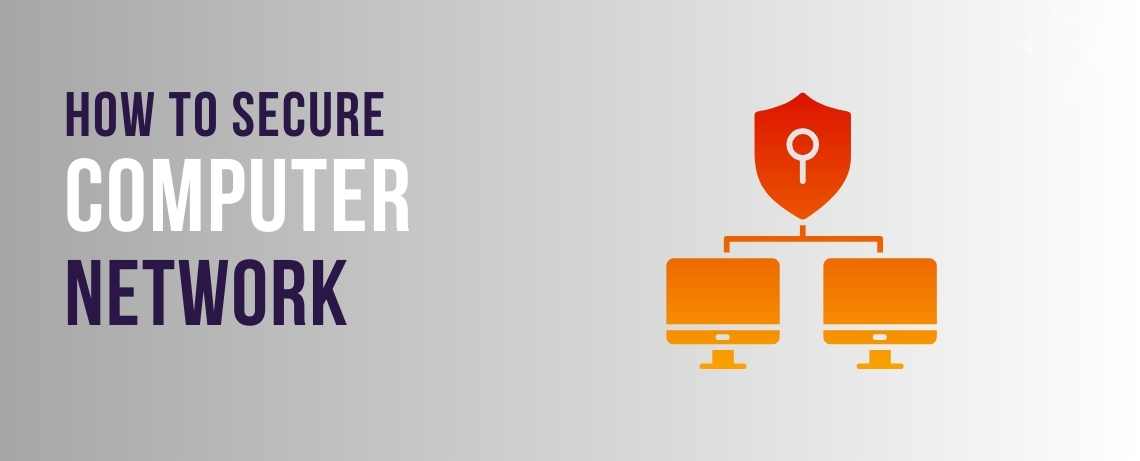


Managed IT services encompass a broad range of offerings that outsource the responsibility for maintaining, monitoring, and securing an organization’s IT infrastructure and systems. These services are typically provided by third-party Managed Service Providers (MSPs), allowing businesses to focus on their core objectives while relying on experts to handle their IT needs efficiently. Here’s a detailed look at what’s typically included in managed IT services:
By following these best practices, you can significantly improve the security of your computer network and reduce the risk of cyber threats and data breaches. Additionally, staying informed about the latest security trends and technologies will help you adapt your security measures to evolving threats.